Archives
- 2025-11
- 2025-10
- 2025-09
- 2025-03
- 2025-02
- 2025-01
- 2024-12
- 2024-11
- 2024-10
- 2024-09
- 2024-08
- 2024-07
- 2024-06
- 2024-05
- 2024-04
- 2024-03
- 2024-02
- 2024-01
- 2023-12
- 2023-11
- 2023-10
- 2023-09
- 2023-08
- 2023-06
- 2023-05
- 2023-04
- 2023-03
- 2023-02
- 2023-01
- 2022-12
- 2022-11
- 2022-10
- 2022-09
- 2022-08
- 2022-07
- 2022-06
- 2022-05
- 2022-04
- 2022-03
- 2022-02
- 2022-01
- 2021-12
- 2021-11
- 2021-10
- 2021-09
- 2021-08
- 2021-07
- 2021-06
- 2021-05
- 2021-04
- 2021-03
- 2021-02
- 2021-01
- 2020-12
- 2020-11
- 2020-10
- 2020-09
- 2020-08
- 2020-07
- 2020-06
- 2020-05
- 2020-04
- 2020-03
- 2020-02
- 2020-01
- 2019-12
- 2019-11
- 2019-10
- 2019-09
- 2019-08
- 2019-07
- 2019-06
- 2019-05
- 2019-04
- 2018-07
-
br Nuclear export and the functions of CRM The
2020-08-20
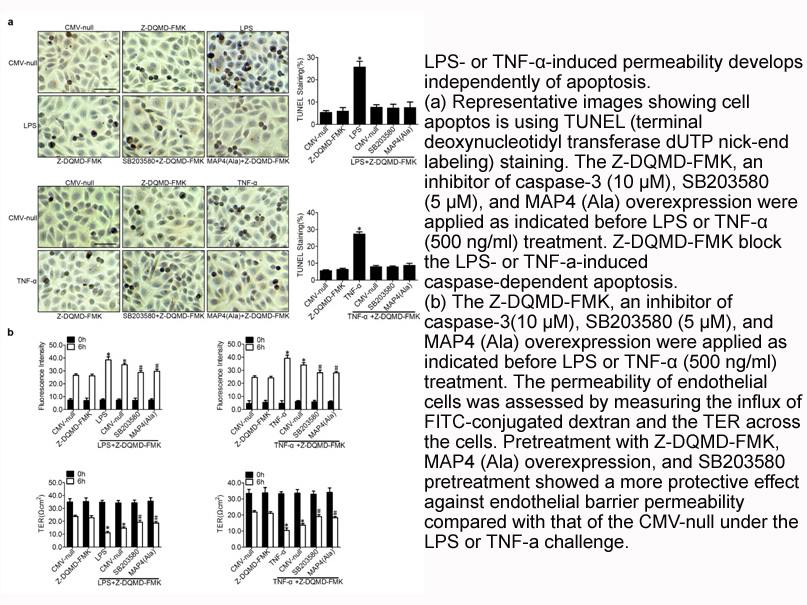
Nuclear export and the functions of CRM1 The nuclear envelope provides a compartmentalized intracellular environment for DNA replication, the synthesis of RNA, and production of ribosomes, and, as such, it can regulate cellular biological processes including apoptosis and proliferation. Nucleocyt
-
Leukotrienes themselves are implicated in the development of
2020-08-20
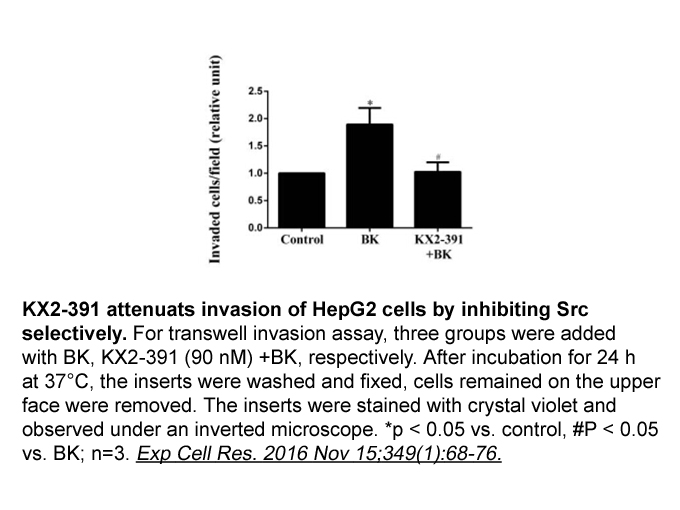
Leukotrienes themselves are implicated in the development of gastrointestinal ulcers, asthmas, and different inflammatory processes [18], [19]. It is noteworthy that COX isozymes and LOX share the same substrate arachidonic acid; therefore, inhibition of prostaglandins production by cyclooxygenase p
-
POE specialises Rogers definition of engineering to systems
2020-08-20
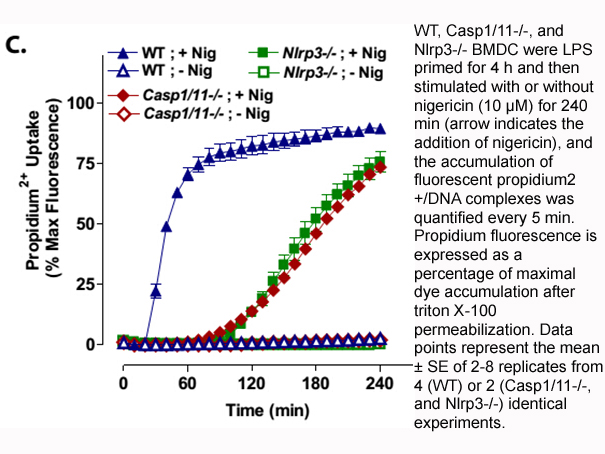
POE specialises Rogers\' definition of engineering [37] to systems engineering as: As such, systems engineering becomes a problem solving exercise, the problem being, given a physical environment E, to find the system S that Verteporfin meets a real-world need N to the satisfaction of a group of s
-
br Nuclear estrogen receptors Indirect genomic signaling As
2020-08-20
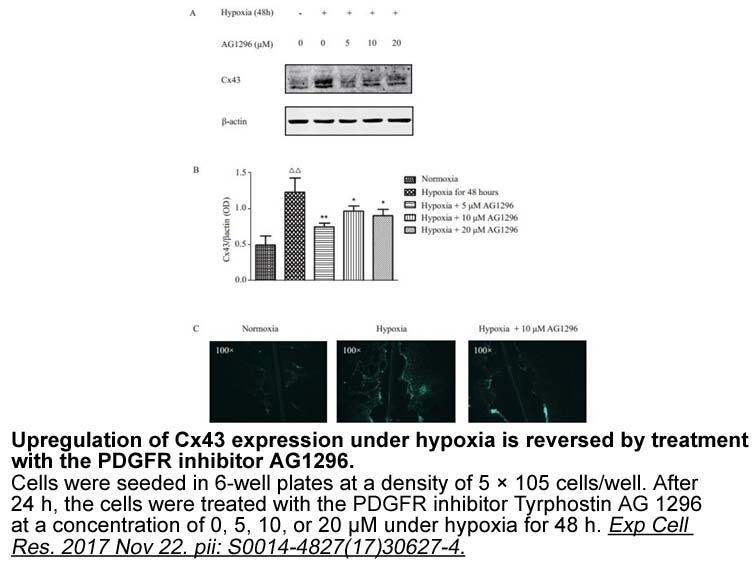
Nuclear estrogen receptors: Indirect genomic signaling As mentioned earlier, the transcription of several genes that do not contain EREs in their promoter regions can also be regulated by estradiol, without direct binding of the estrogen receptors to the DNA. According to the most recent reports,
-
The kinase activity of DNA PKcs is
2020-08-19
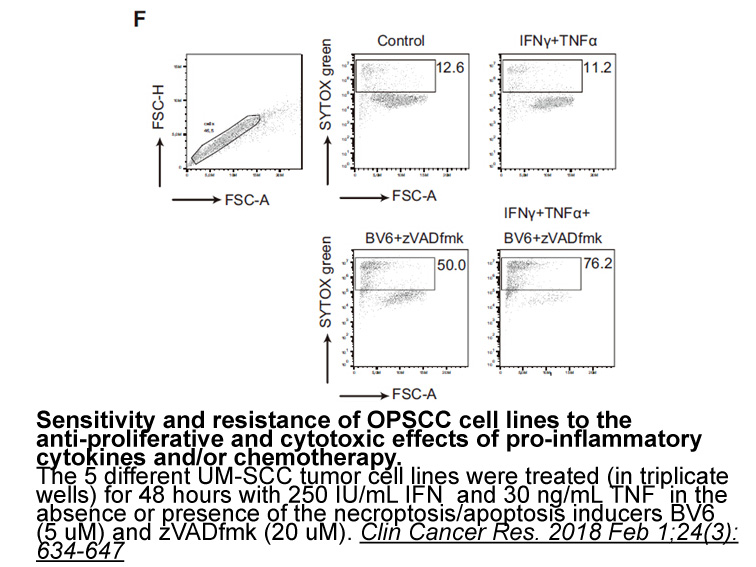
The kinase activity of DNA-PKcs is essential for NHEJ, but the exact role of the enzymatic activity of DNA-PKcs plays in NHEJ is not fully understood [57]. In vitro, DNA-PKcs can phosphorylate each of the canonical NHEJ factors including Ku70/80 [58], [59], XRCC4 [60], [61], Tedizolid HCl mg IV [62
-
AMI5 inhibitor Introduction Nucleic acids are polyanionic an
2020-08-19
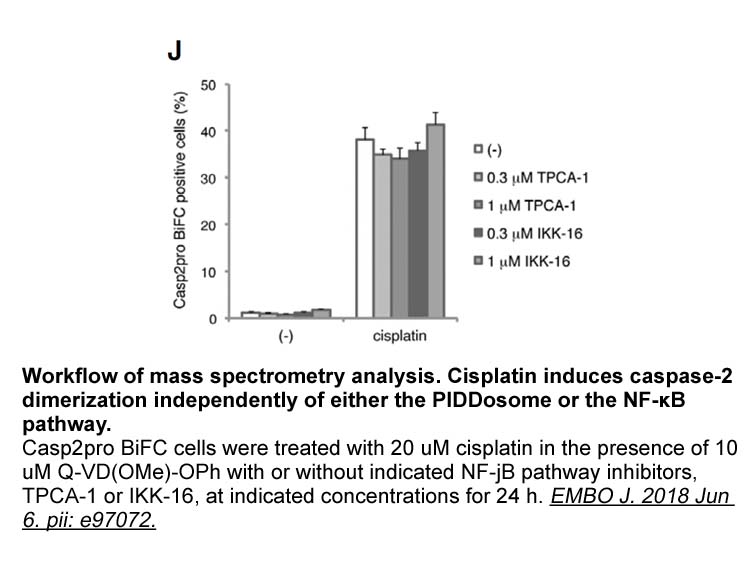
Introduction Nucleic acids are polyanionic and their negatively charged nucleotides allow the binding of cationic dyes, such as acridine orange (3,6-dimethylaminoacridine). Acridine orange (AO) was first synthesized in 1889, but its ability to bind nucleic acids was only reported in 1940, with grea
-
In this study we have developed and investigated three NADPH
2020-08-19

In this study we have developed and investigated three NADPH-regenerating fusion partners with two different enzyme systems: a BVMO and an ADH. With the exception of one fusion construct (StGDH with LbADH), all fusion cyclic amp function receptor resulted in good soluble expression as well as fully
-
A previous report showed that the transfer of
2020-08-19
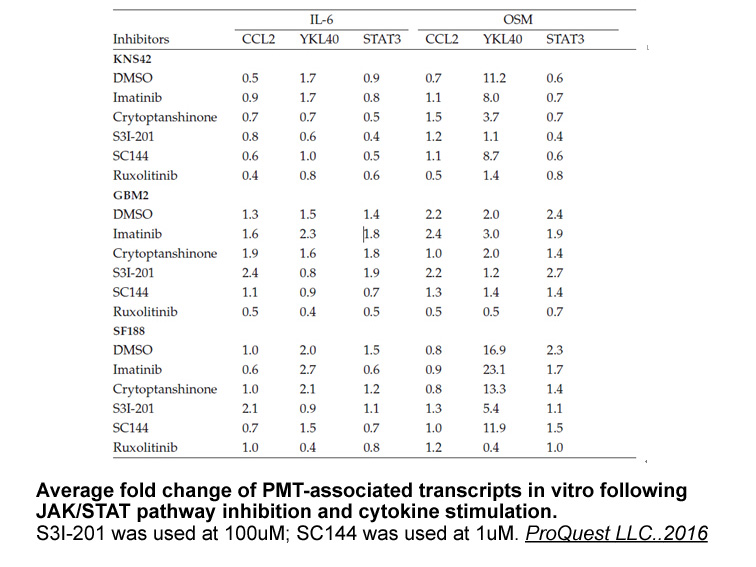
A previous report showed that the transfer of the CSF1 gene into tumor Ciprofloxacin hydrochloride induced TAM infiltration into syngeneic BALB/c mice. High expressions of CSF-1 and CSF-1R in tumor and stromal cells and a high TAM density are known to be correlated with poor prognoses in many cance
-
It is interesting that of the
2020-08-19
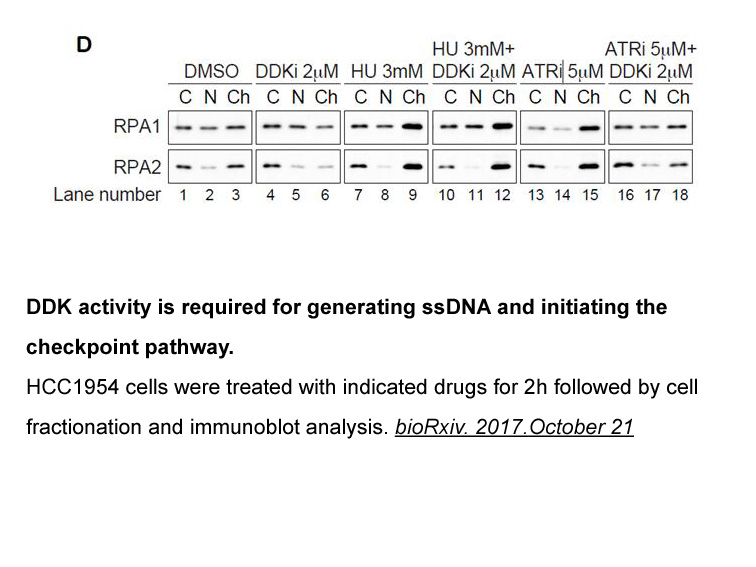
It is interesting that of the control groups, female TG controls only had significantly higher MB-COMT protein than non-TG male controls (Supplemental Table 9, P = 0.005), while these two groups have almost equal expression of S-COMT protein (8.54- vs. 8.34-fold) and their COMT enzyme activity is al
-
Unlike many forms of SNHL cCMV may be treatable
2020-08-19
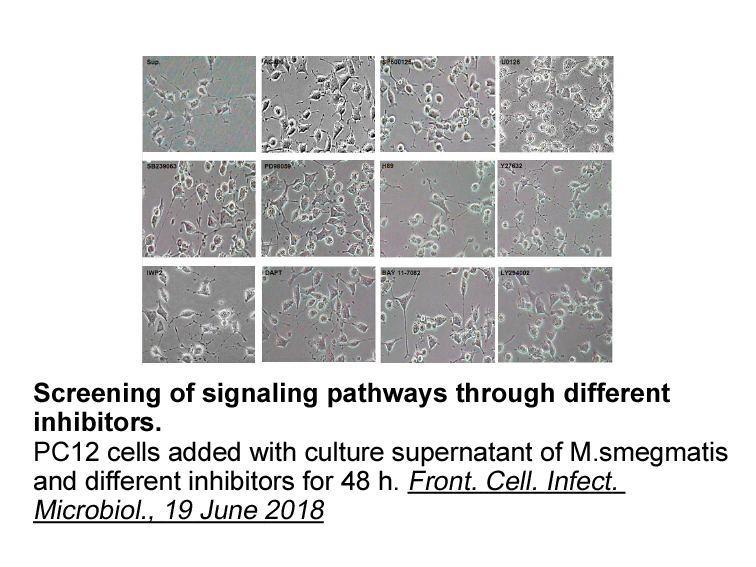
Unlike many forms of SNHL, cCMV may be treatable. The antiviral drug valganciclovir (VGCV) has been proposed to improve hearing, speech, and language outcomes associated with this infection [6]. A recent publication from the CASG (Collaborative Antiviral Study Group) reported that a six-month course
-
br Conclusions In the present study decreased AChE and incre
2020-08-19
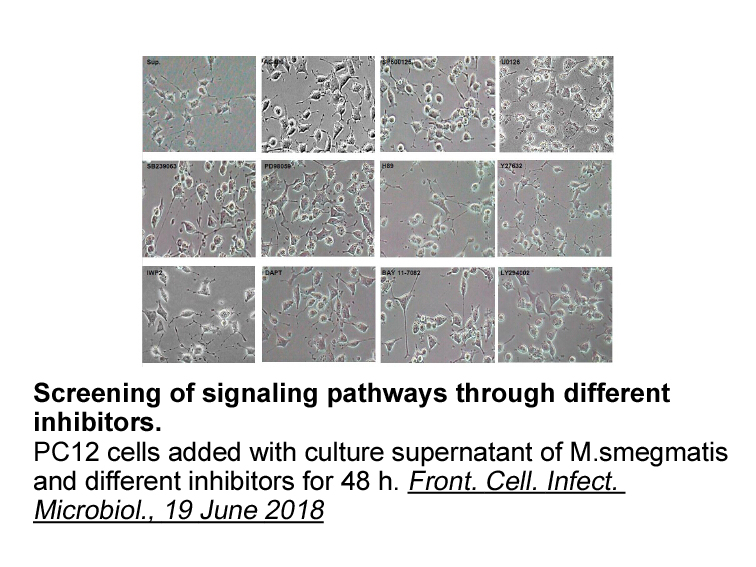
Conclusions In the present study, decreased AChE and increased BuChE and BeChE activities were observed in greenhouse workers relative to control subjects; however, these changes cannot be related to OP exposure but likely to pesticide-induced oxidative stress or a mild inflammatory state. The i
-
br Acknowledgements br Introduction Ischemic retinopathy is
2020-08-19
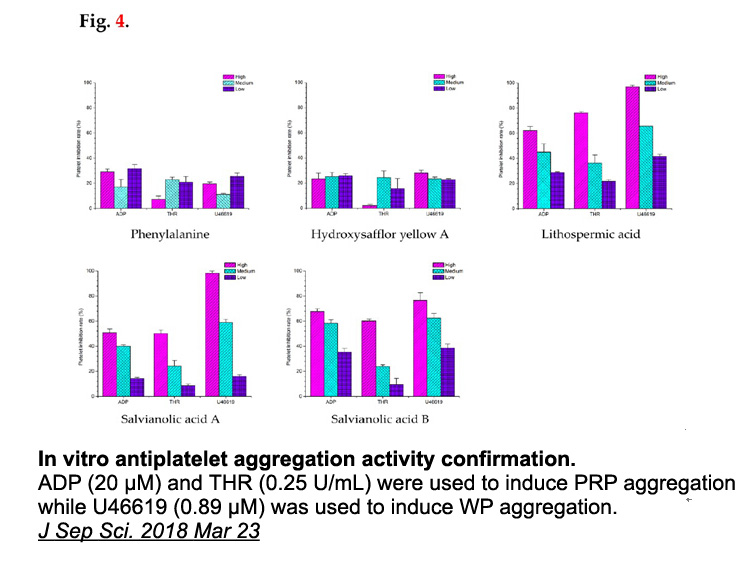
Acknowledgements Introduction Ischemic retinopathy is common to the major causes of blindness, including proliferative diabetic retinopathy, venous occlusion, and retinopathy of prematurity. The hypoxia that follows retinal capillary obliteration drives deregulated growth of new blood vessels
-
Altered brain insulin signaling and
2020-08-19
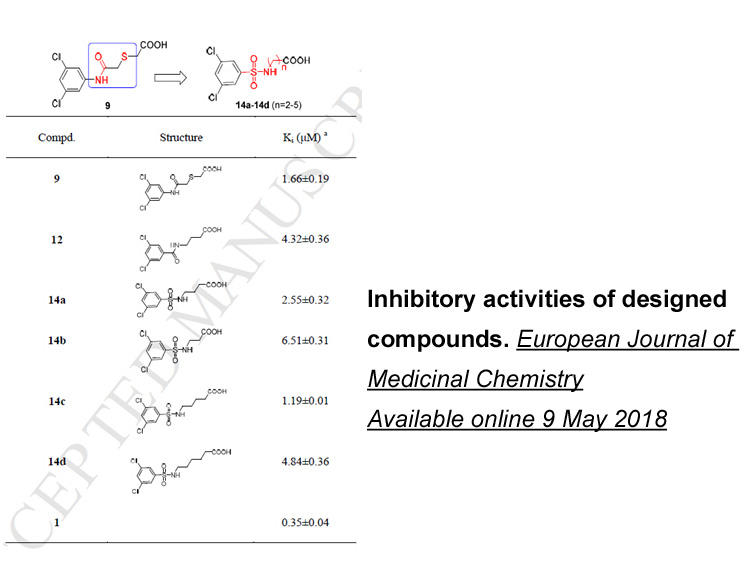
Altered Candesartan insulin signaling and CNS hypometabolism are also associated with pathogenesis of neurodegeneration. Insulin receptors are mostly located in the cerebral cortex, hippocampus, cerebellum, hypothalamus and olfactory bulb, possess an effective role in the regulation of central gluc
-
br Materials and methods br Results br Discussion Cisplatin
2020-08-19
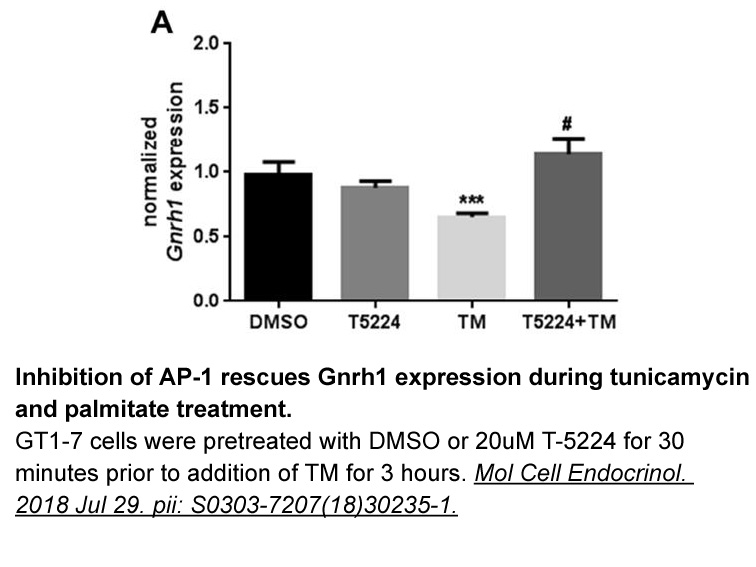
Materials and methods Results Discussion Cisplatin, as one member of a class of platinum-containing anti-cancer drugs, which displays a great deal of clinical activity on a wide variety of solid tumors. In addition, cisplatin often used in combination with other chemotherapy drugs to treat
-
br Material and Methods br Results and Discussion
2020-08-19
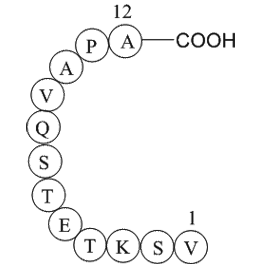
Material and Methods Results and Discussion Conclusions Two chemical coupling agents, BTDE and CDI, were used to activate the free hydroxyl groups of plant cellulose powder and OPH from Flavobacterium ATCC 27551 immobilized on modified carriers by covalent linkages. The highest immobilizati
15347 records 777/1024 page Previous Next First page 上5页 776777778779780 下5页 Last page